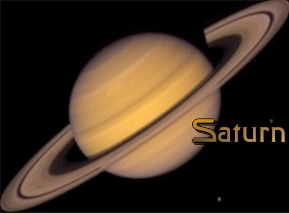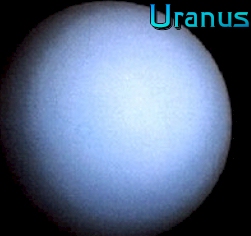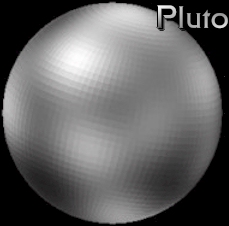Science College, General Science Dept
Jupiter got its name from the king of the Roman gods and patron of the Roman State.
Jupiter is the fifth planet from the Sun and the largest of all nine planets.
Jupiter is a giant gas planet that is made up of about 90% hydrogen and 10% helium. It is so big that all of the other eight planets could fit inside of it! It spins faster than any other planet so that its days are less than ten hours.
Jupiter is made up of 90% hydrogen and 10% helium. It is known for its wide vivid stripes that appear on its surface. These stripes are actually cloud markings drawn out into dark belts and light zones by Jupiter's rapid spinning.
Jupiter's most outstanding and interesting feature is called "The Great Red Spot." The Great Red Spot is so huge that it is big enough to hold two Earths! It is thought that Jupiter's Great Red Spot is a storm of swirling gas that has lasted for hundreds of years. Scientists are still unsure as to how such a storm could last for so long.
Jupiter has 16 known moons! There are four large moons and 12 small ones.In Roman mythology, Saturn is the god of agriculture. Saturn is the root of the English word "Saturday."
Saturn is the sixth planet from the Sun and the second largest of the nine planets.
Saturn is a giant gas planet made up of about 75% hydrogen and 25% helium. It has been known for centuries as the "Ringed Planet" because of its prominent and very beautiful rings.
Saturn's rings are made up mostly of water ice, but they may also include rocky particles with icy coatings. They extend for over 46,000 miles, but are only a few miles deep. They appear as several wide zones, but in reality are thousands of separate narrow ringlets. The origin of the rings of Saturn is currently unknown.
Saturn is made up of materials that are lighter than water. If placed in a big pond, Saturn would float much like an ice cube does in a glass of water.
Saturn has 18 known moons - more than any other planet! There may very well be several small ones yet to be discovered.Uranus is named for the ancient Greek God of the Heavens. He was the earliest supreme god and the father of Cronus and of the Cyclopes and Titans (predecessors of the Olympian gods).
Uranus is the seventh planet from the Sun and the third largest of the nine planets. Uranus is larger in size but smaller in weight than Neptune.
Uranus' blue color is the result of a gas called "methane" found in the planet's upper atmosphere. Uranus has many colored bands like Jupiter's, but they are hidden from view by the overlaying methane layer
Uranus is a giant gas planet with an atmosphere comprised of hydrogen, helium and methane.
The unique aspect about Uranus is that spins differently from most planets. It seems to be tilted "sideways" instead of right-side up. Because it orbits the Sun on its side, each pole spends about 40 years in constant summer and then another 40 years in continuous winter darkness.
Uranus has 15 known moons. They are named for Shakespearean characters, such as Desdemona, Portia and Oberon. It is likely that there are many more tiny moons within the rings.In Roman mythology, Neptune is the god of the sea. The planet was probably named after the sea gods because of its deep blue color.
Neptune is the eighth planet from the Sun (usually) and the fourth largest of the nine planets. Neptune is smaller in size than Uranus, but it's heavier in weight.
Neptune's blue color is the result of a gas called methane in its atmosphere. Neptune has rapid winds trapped in "bands" of latitude and large storms. Neptune's winds are the fastest in the solar system.
Neptune has 8 known moons; 7 small ones and a large moon called Triton.In Roman mythology, Pluto is the god of the underworld. The planet received this name perhaps because it's so far from the Sun that it is in perpetual darkness.
Pluto is the farthest planet from the Sun (usually) and the smallest of the nine planets. Pluto is smaller than our moon!
Depending on how far along it is in its orbit, Pluto can be either the eighth or ninth planet. It has an eccentric orbit around the Sun that brings it closer to the sun than Neptune, making it the eighth planet from the sun for a short period of time.
Pluto was discovered in 1930. Scientists do not know much about this planet and its composition.
Pluto has one moon. It is called Charon. The moon is about one half the size of Pluto. Because of this, Pluto and Charon orbit around each other like a double planet.
Previous | Next




